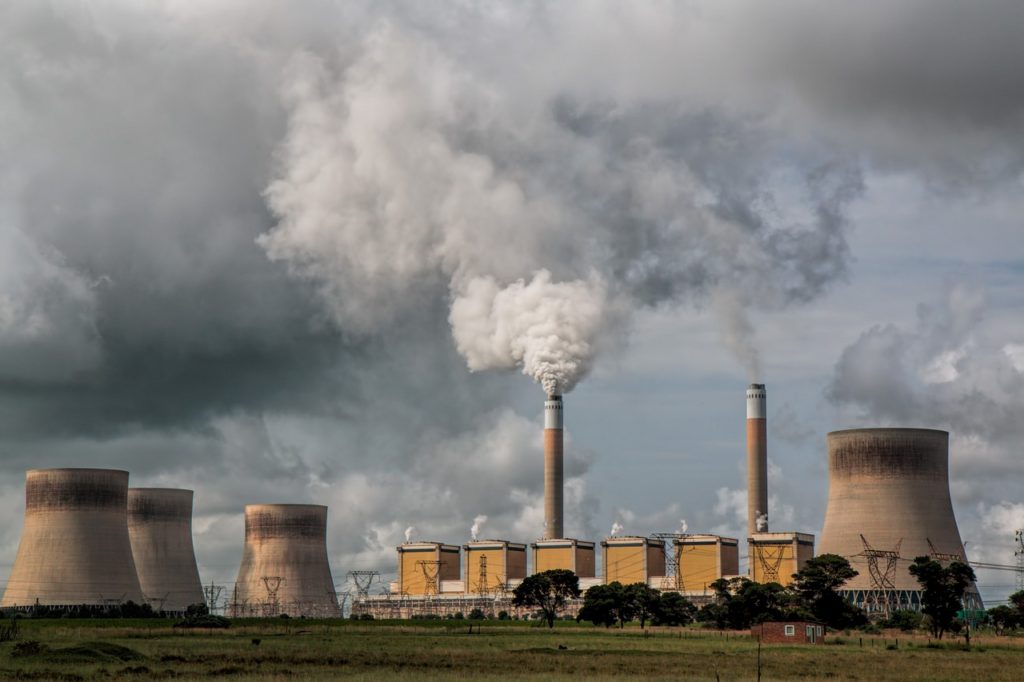Commodity chemicals, also known as bulk chemicals are the group of chemicals manufactured in large numbers to meet the global demand. Commodity chemicals act as intermediate chemicals to produce a wide range of end-user products, like plastics, cosmetics, pharmaceuticals, dyes, etc. These chemicals are broadly classified into organic and inorganic chemicals. They form a major segment of the global chemical industry.
The commodity chemicals market has witnessed steady growth. There are various factors responsible for the growth of this segment of the chemical industry. Around 40% of commodity chemicals are used in the plastic industry. The rise in consumption of plastic amongst the population gives rise to the increase in demand for commodity chemicals. A wide range of applications of commodity chemicals in various industries is a key driver. Also, the rising gross domestic product of the upcoming economies and rapid industrialization contribute to the growth dynamics.
Apart from these, ease of availability and comparatively lower costs are other drivers leading to the growth of commodity chemicals. However, the commodity chemicals market will face certain challenges in the coming years. Government policies pertaining to safety and health regulations all over the world are expected to hinder the growth of this sector. Fluctuations in crude oil and natural gas prices are also anticipated to affect the growth.
The chemical market in Europe
The European chemical industry is the world leader and highly innovative industry. As per CEFIC, the European Union chemical sales in the year 2018 generated revenue of USD 683 billion. Commodity chemicals accounted for more than 15% of the total sales. The chemical industry in Europe contributes to the economy by generating both direct and indirect jobs. According to the research carried out by CEFIC, in 2018, around 2050 companies organized by nearly 40 Chemical Parks employed 462,553 people.
Currently, the chemical sector in Europe is undergoing some major structural changes, due to a rise in competition and CAPEX as well as OPEX expenditure. As per secondary research, the European chemical market is one of the prominent sectors in the continent but faces several challenges globally. Germany being one of the largest chemical producers in Europe has extensive research resources, a competent workforce, and an efficient production landscape. It is the fourth largest chemical industry in the world. Germany has a strong foothold in the chemical industry, covering all the different segments- agrochemicals, specialty chemicals, commodity chemicals, cosmetics, etc. The chemical industry is well spread across the entire country, with some regions specializing in the commodity sector, while some in specialties and pharmaceuticals. The production of petrochemicals in Germany has increased by around 30% over the past few years. The production of certain basic chemicals like ethylene, benzene, and chlorine has remained constant over the years since 2000. This is as a result of continuous productivity improvements in the sector.
The presence of strong client industries such as the automotive sector contributes to the industry’s success in Germany. The increased collaboration between the chemical sector and its End-users has enabled market penetration into new verticals for this industry. The increase in the export of chemicals from Germany is an indication of this. In the year 2015, Germany was the world’s second-largest exporter of chemicals, with a value of USD 121 billion and a global market share of 9.3%. Around 12% and 10% of the chemicals were exported to Asia and North America, respectively, while more than 70% were domestically utilized within the continent. The commodity chemicals production lays the foundation for the global chemical industry and it accounts for a subsequent increase in industrial value. Commodity chemicals are used as intermediate products by downstream chemical sectors which include specialty chemicals, life sciences, etc. The commodity chemicals sector faces numerous challenges in Germany due to its energy-intensive nature. The requirement to receive energy at subsidized costs makes the production process cost cumbersome. Additionally, coordination between policies, government health regulations, and reduced access to raw materials also cause challenges for this sector in the country.
Major chemical companies in Germany
Germany is home to a number of the world’s largest chemical industries. BASF is one of the key players in this market which is headquartered within Germany. The company also manufactures varied bulk chemicals. Some of the most important chemicals produced are hydrochloric acid, nitric acid, sodium bisulfite solution, etc. These chemicals serve as an intermediate to manufacture different end-user products. The chemicals manufactured by BASF are also used in the fertilizer and the pharmaceutical industry. Covestro, a Bayer spin-off is among the largest chemical companies in Germany. It is one of the leading polymer suppliers. Covestro produces and sells polymer materials in Europe. It also exports its chemical products to regions like Asia and U.S. The Covestro business mainly comprises of three business units: BU PUR (polyurethanes as intermediates for foams), BU PCS (polycarbonates as granules, composites, and semi-finished products), and BU CAS (coatings, adhesives, specialties: intermediates for coatings, adhesives, sealants, and films). Helm AG in Hamburg is a conglomerate operating in the chemical sector. This company does not produce chemicals but acts as a trader. It sells the intermediate chemicals used in the manufacture of fertilizers and pharmaceuticals to more than thirty countries.
The commodity chemical market is expected to have moderate growth in Germany in the coming years. It is essential to safeguard the commodity chemical market in the country to maintain its importance. Reinvestments in the industrial plants and landscape are necessary over the coming decades. If the country fails to do so, closure of outdated and obsolete plants may occur with time. This will hamper the production in the country and lead to shutdowns for downstream plants. As a result domino effects will be triggered in the further production processes, thus hindering the production of the entire customer industries. Constant up-gradation to new technologies is important. An example includes time optimization in the manufacturing process. This is essential since commodity chemicals are produced in bulk in the industries.
Long-term investment planning for the commodity sector is bound to have positive outcomes. With sufficient investments and adequate framework conditions, basic chemicals production in Germany can remain competitive globally. This will lead to major contributions in preserving and strengthening the integrated industrial structures in Germany. The future demand for commodity chemicals in Germany is expected to boost growth. It would in turn lead to the growth of the chemical sector and its customer industries.

